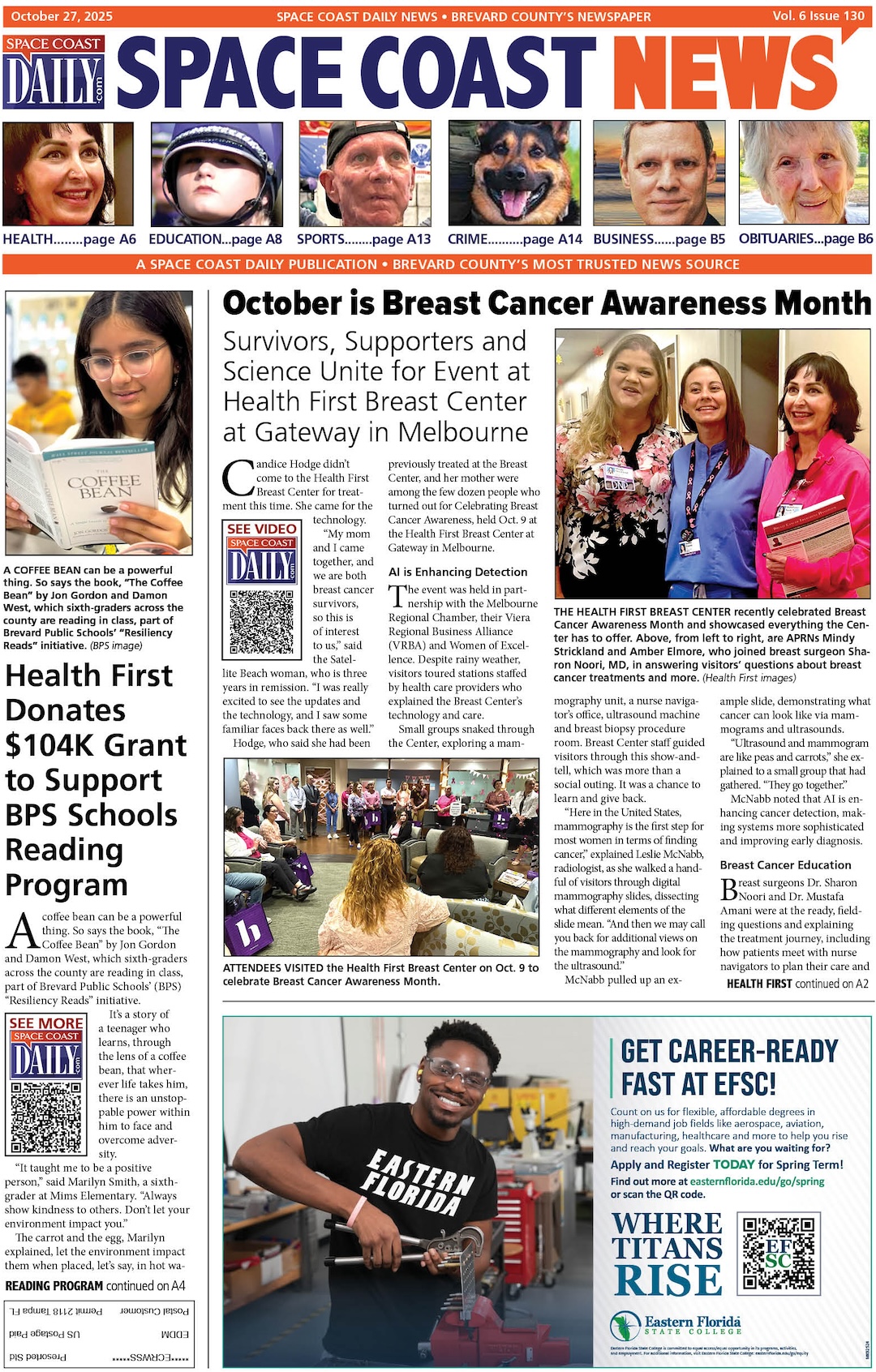Formative Assessment Worksheets: Boost Student Learning and Engagement
By Space Coast Daily // December 4, 2024

Unlocking the full potential of your students often hinges on effective formative assessment. These worksheets are more than just busy work; they’re vital tools for gauging student progress.
Using formative assessment worksheets, you can actively gather feedback, helping you tailor your teaching methods and boost learning outcomes. When getting a grip on where your students stand, every little insight counts.
Providing students with a mix of worksheets offers them the freedom to express their understanding in various ways, making learning engaging. These worksheets act as a mirror, reflecting areas where your students excel and spots where they might need additional help.
You’ll get a better picture of their learning journey, customizing lessons to fit their unique needs.
Interested in making this journey even more rewarding? Consider exploring new strategies like exit tickets or self-assessment tools, which can be handy too. With formative assessment worksheets, teaching becomes a two-way street, fostering a collaborative environment where both you and your students thrive.
Formative Assessment Fundamentals
Formative assessments play a big role in helping students learn. They give teachers and students regular feedback. This section covers what formative assessments are, some examples, and how regular feedback benefits students.
Understanding Formative Assessment
Formative assessment is an ongoing process. It helps you see how well your students are doing while they’re learning. Unlike summative assessments, which evaluate learning at the end, formative assessments help you guide students much earlier.
Using it, you can spot learning gaps. Then, you can adjust your teaching to better meet your students’ needs. It’s like having a GPS on a road trip that updates your route if you make a wrong turn.
Many strategies are available. You might opt for simple tools like exit tickets or thumbs up/down checks. These tools quickly give insights into student progress. They’re easy to use and can be adapted to any subject or age group.
Examples of Formative Assessment
There are several effective assessment tools you can try. Exit tickets let students write what they’ve learned or questions they have before leaving class. It’s quick and tells you what parts of the lesson to revisit.
Quizzes and polls are also common. They help track student progress and understanding.
Using sticky notes or note cards, you can ask students to list three things they learned, two interesting facts, and one question they still have—known as the 3-2-1 strategy.
Self-assessment plays an important part too. Encouraging students to assess their understanding fosters critical thinking and reflection.
Benefits of Regular Student Feedback
Giving feedback regularly boosts learning. When students know what they’re doing well and where they need improvement, they feel more engaged. It makes the learning process clearer and more manageable.
Feedback also encourages a growth mindset. Students learn that effort impacts success, which can increase motivation and help them become more responsible for their learning.
Feedback isn’t just about grades but also understanding and learning. Positive feedback builds confidence, while constructive feedback helps you grow. This combination contributes to a supportive learning environment that values progress and understanding.
Creating Effective Worksheets
Creating effective worksheets involves careful planning and thoughtful design. By incorporating engaging activities and leveraging technology, you can enhance learning outcomes and provide essential feedback.
Worksheet Design Techniques
To make worksheets engaging, consider the layout carefully. Use large fonts and lots of white space to make them easy to read. Include clear instructions with examples to guide students, so they know exactly what’s expected.
Vary the questions to include matching games or doodle notes for visual learners. Add sections for students to reflect on their strengths and weaknesses. Incorporate Venn diagrams to compare concepts, encouraging deeper thinking.
The mix of styles addresses diverse learning needs and supports differentiated instruction.
Interactive Worksheet Activities
Engaging students with interactive activities can make assessments more fun.
Try using two truths and a lie to encourage critical thinking and discussion. This activity works well for any subject, fostering creativity and engagement.
Another great approach is incorporating collaborative tasks. For instance, group work that requires students to jointly fill out parts of the worksheet can promote teamwork.
Simple activities like fill-in-the-blanks or crossword puzzles can also turn assessments into games. These activities create a dynamic and inclusive classroom environment.
Incorporating Technology with Worksheets
Technology integration can take your worksheets to the next level.
Tools like Edpuzzle allow you to embed videos with questions. This approach not only diversifies learning materials but also provides instant feedback.
Use digital platforms to create and share worksheets online, making them accessible anytime.
Interactive elements, like click-to-reveal answers, can be included to offer immediate responses.
An online reporting dashboard can track student progress and adjust instruction based on real-time data, enhancing formative assessment.
Integrating these technologies makes learning more engaging and effective for all students.












